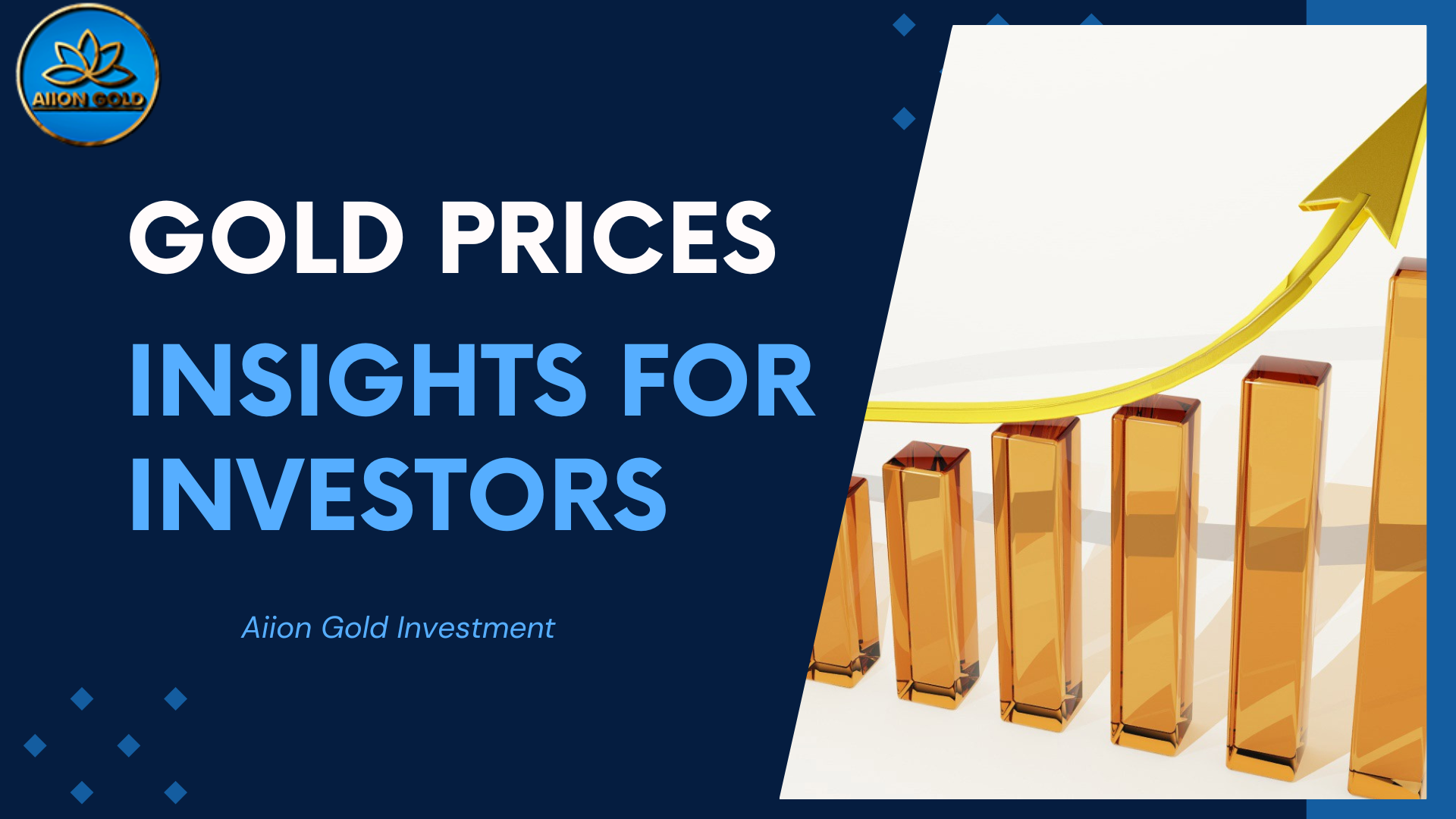Gold Prices Hit New Highs: What Investors Need to Know in 2025


Gold prices will experience a significant surge, reflecting a complex interplay of global economic factors and local demand dynamics. As of February 19, 2025, gold is trading at approximately $2,941 per troy ounce, nearing its all-time high. This upward trajectory is influenced by robust central bank purchases, geopolitical tensions, and evolving monetary policies.
Central banks worldwide have intensified their gold acquisitions, aiming to diversify reserves and mitigate risks associated with fiat currencies. Notably, China's central bank has been a prominent buyer, contributing to sustained demand in the London over-the-counter (OTC) market. Goldman Sachs reports that central bank purchases have averaged 730 tons annually, accounting for about 15% of global annual production. This structural demand underscores gold's enduring appeal as a stable asset in uncertain times.
Escalating geopolitical tensions, including trade disputes and regional conflicts, have heightened gold's status as a safe-haven asset. Investors seek refuge in gold to hedge against potential economic downturns and financial market volatility. The uncertainty surrounding U.S. tariff policies, for instance, has contributed to increased gold purchases as a protective measure against anticipated market fluctuations.
Monetary policies, particularly those of the U.S. Federal Reserve, play a crucial role in shaping gold prices. Anticipated interest rate cuts are expected to enhance gold's attractiveness compared to yield-bearing assets. Goldman Sachs has adjusted its gold price forecast to $3,100 per ounce by year-end, citing higher central bank demand and potential policy uncertainties. The bank suggests that if policy uncertainty, including tariff concerns, remains elevated, gold prices could reach as high as $3,300 per ounce.
Market sentiment, influenced by inflation concerns and economic growth projections, significantly impacts gold prices. The interplay between a strong U.S. dollar and gold's valuation presents a nuanced dynamic. While a robust dollar can exert downward pressure on gold prices, the metal's role as an inflation hedge and safe-haven asset often counterbalances this effect. Analysts project that gold will continue to trade within a range of $2,200 to $2,600 per ounce in the near term, with potential for upward movement contingent on economic developments.
The surge in gold prices has also influenced investment behaviors, with Exchange-Traded Funds (ETFs) and physical gold purchases becoming increasingly popular. Investors are leveraging these vehicles to gain exposure to gold's performance, capitalizing on its upward momentum. The SPDR Gold Shares ETF (GLD), for instance, is currently trading at $270.70, reflecting a 0.016% increase. Similarly, the iShares Gold Trust (IAU) stands at $55.37, marking a 0.0167% rise.
The confluence of robust central bank demand, geopolitical uncertainties, and strategic monetary policies has propelled gold prices to near-record highs in 2025. As global economic landscapes continue to evolve, gold remains a pivotal asset for investors seeking stability and a hedge against volatility. Monitoring these multifaceted factors will be essential for stakeholders aiming to navigate the dynamic gold market effectively.
Gold prices are increasing due to strong central bank demand, geopolitical uncertainties, and expectations of lower interest rates. These factors drive investors towards gold as a safe-haven asset.
As of February 2025, gold is trading at approximately $2,941 per troy ounce, with projections indicating further potential increases.
Central banks, especially in China and India, are purchasing large amounts of gold to diversify reserves and reduce reliance on the U.S. dollar. Their buying activity significantly supports higher gold prices.
Political instability, trade conflicts, and wars increase demand for gold, as investors seek to protect their wealth from market volatility.
Analysts predict that gold could reach $3,100 to $3,300 per ounce by the end of 2025, depending on economic conditions, interest rates, and global stability.
Gold is traditionally used as a hedge against inflation. When inflation rises, gold tends to appreciate as investors look for assets that maintain value over time.
If the Federal Reserve cuts interest rates, gold becomes more attractive compared to interest-bearing assets, leading to higher prices.
Gold remains a strong long-term investment. However, investors should evaluate market trends, geopolitical factors, and portfolio diversification strategies before making decisions.
You can invest in gold through:
Gold and the U.S. dollar have an inverse relationship. When the dollar weakens, gold prices rise, and vice versa.
Yes, during stock market downturns, investors often turn to gold as a safe asset, pushing its prices higher.
You can purchase digital gold from trusted platforms such as AIIONGOLD, which allows secure online transactions and storage.